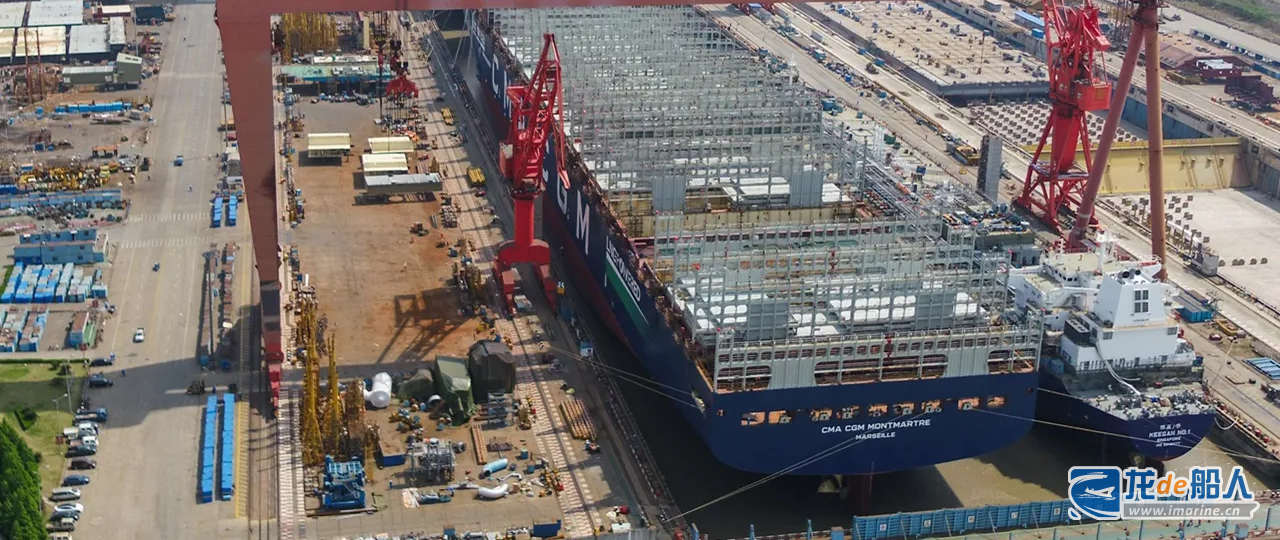In the first half of 2025, the number of new container ship orders surged 288% compared with the same period last year. Although this increase is lower than during the epidemic period, it is still far higher than the growth rate of demand.

On July 9, maritime service provider Veson Nautical released its Mid-Year Market Report, which showed that new orders for container ships in the first half of 2025 surged 288% year-on-year, while demand growth was less than 5%. However, this trend was somewhat mitigated by the crisis in the Middle East and the rerouting of ships on the Cape of Good Hope route.
The report points out that actual container ship deliveries and capacity growth have been balanced by crises ranging from the Russian-Ukrainian conflict to the Red Sea and Middle East crises and the surge in demand caused by the pandemic. This balance is about to be broken with the backlash of US tariffs and regulatory measures and the prospect of the Suez Canal reopening in 2027.
Veson Nautical analyst Dan Nash noted an imbalance between container ship supply growth and demand growth: “Supply growth is around 8% versus two-year demand growth of just 2%, and that’s assuming the Cape of Good Hope detour will continue. The Red Sea route is not expected to return to normal until 2027 at the earliest.”
In addition, the various measures taken by US President Trump to suppress China’s shipbuilding industry do not seem to have achieved the expected results and have already failed. In the first half of 2025, a total of 195 new container ships were ordered, of which 133 were undertaken by Chinese shipyards, which means that most new ship orders are still in Chinese shipyards.
Dan Nash explained: “When competing with Chinese shipyards for orders, you can’t win by price advantage, and ordering new ships is a long-term investment. No one really knows what the market will be like in two or three years. Therefore, shipowners are betting that policies will change in the future, but the decisive factor is still the price of the ship.”
Veson analysts pointed out that compared with Korean shipyards, Chinese shipyards offer 20-30% lower prices; for American shipyards, the shipbuilding cost of the same ship is three to four times that of Chinese shipyards. Dan Nash added: “The delivery conditions are also very competitive. For example, a Chinese shipyard built and delivered a car carrier in just 209 days earlier this year. Although we are discussing the container ship market, if Chinese shipyards are interested, they can also achieve such a delivery speed.”
Dan Nash also pointed out that the container ship charter market also seems to be bucking the trend and remaining at a high level, but at the same time admitted that due to the high market activity in the past few years, the charter period has been extended, which has led to a lag in the charter market, which will take time to resolve.
Dan Nash also pointed out that the container ship charter market also seems to be bucking the trend and remaining at a high level, but at the same time admitted that due to the high market activity in the past few years, the charter period has been extended, which has led to a lag in the charter market, which will take time to resolve.
“There’s a huge disconnect between the charter market and the spot market rates for 40-foot containers,” said Dan Nash. “No one really understands that. But the spot market for 40-foot containers is often the first signal of where the market is going.”
In addition, the second-hand ship market is also extremely active, with MSC actively seeking capacity in the market to meet its needs in order to continue providing the services it previously operated jointly with Maersk in the 2M Alliance.
Due to the surge in container ship orders, Dan Nash believes that as new ships are delivered in the coming years, the scrapping of old ships will increase. However, with the entry into force of the Hong Kong Convention (Hong Kong International Convention for the Safe and Environmentally Sound Recycling of Ships) in June this year, the limited number of shipyards available for environmentally friendly ship recycling may lead to a bottleneck in the ship recycling industry.
Dan Nash said, “If freight rates fall to rock bottom, shipowners will need to quickly dismantle their ships, which may prolong the demand for dismantling, further depressing carriers’ income levels and prolonging the period of low freight rates.”
In this situation, the US Trade Representative Office (USTR) port fees may limit capacity on Pacific routes to some extent, but it is unclear whether this will be enough to offset losses on other routes.


